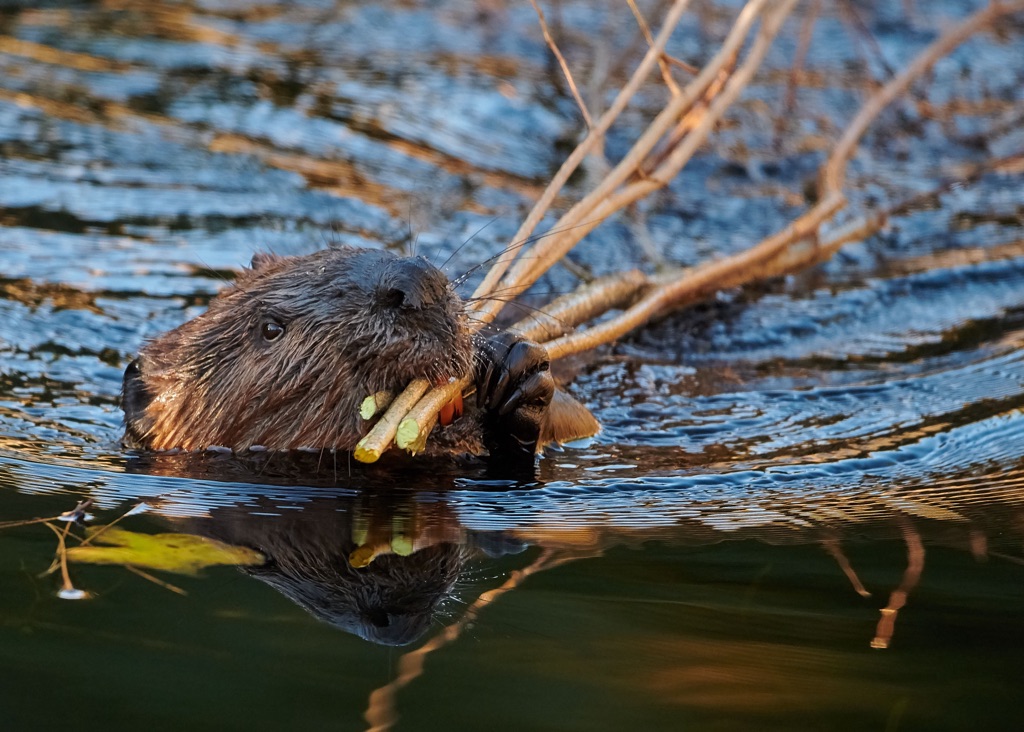Beavers and muskrats, though often mistaken for one another, are fascinating creatures each with unique characteristics and crucial roles in their ecosystems. Here, we look into what makes these animals special and how they differ.
Beavers, known for their engineering prowess, are the second largest rodents in the world, with North American and Eurasian species being the most common. They can grow up to 31 inches long and weigh as much as 66 pounds. Beavers are incredibly important for the environment. Their dam-building activities create wetlands that support a variety of wildlife, help maintain water levels during droughts, and prevent soil erosion. Despite the occasional frustration they cause by felling trees, their benefits far outweigh the negatives.
A beaver’s lodge, built from branches and mud, can be as large as 20 feet across. These structures provide a warm and safe haven for beavers, protecting them from predators and harsh weather. Inside the lodge, you’ll find an adult pair and their young, living in a surprisingly warm environment even in the coldest winters.
Muskrats, often confused with beavers, are smaller, weighing between 2 to 5 pounds and measuring up to 25 inches long. Their tails are thin and rat-like, unlike the flat, broad tails of beavers. Muskrats also build burrows along riverbanks rather than lodges. Their diet consists of aquatic plants, and they are named for the musk they secrete.
Both beavers and muskrats are semi-aquatic, but muskrats are more closely related to rats and mice. While beavers are master builders, creating intricate lodges and dams, muskrats are more solitary, focusing on foraging and burrow maintenance. Muskrats can produce multiple litters per year, with up to ten young per litter, compared to the beaver’s single annual litter.
Beavers were once hunted extensively for their fur, leading to their decline in many regions. However, efforts to reintroduce them in places like Scotland and parts of the U.S. are proving successful, highlighting their vital role in maintaining healthy ecosystems.
Both creatures are a joy to observe in the wild. Beavers impress with their industrious nature and the significant impact they have on their environment, while muskrats offer a quieter, yet equally intriguing presence along waterways.
Next time you’re near a river or lake, take a moment to watch for these incredible animals. Whether it’s the impressive engineering of a beaver dam or the quiet foraging of a muskrat, these rodents remind us of the wonders of nature and the delicate balance of our ecosystems.

